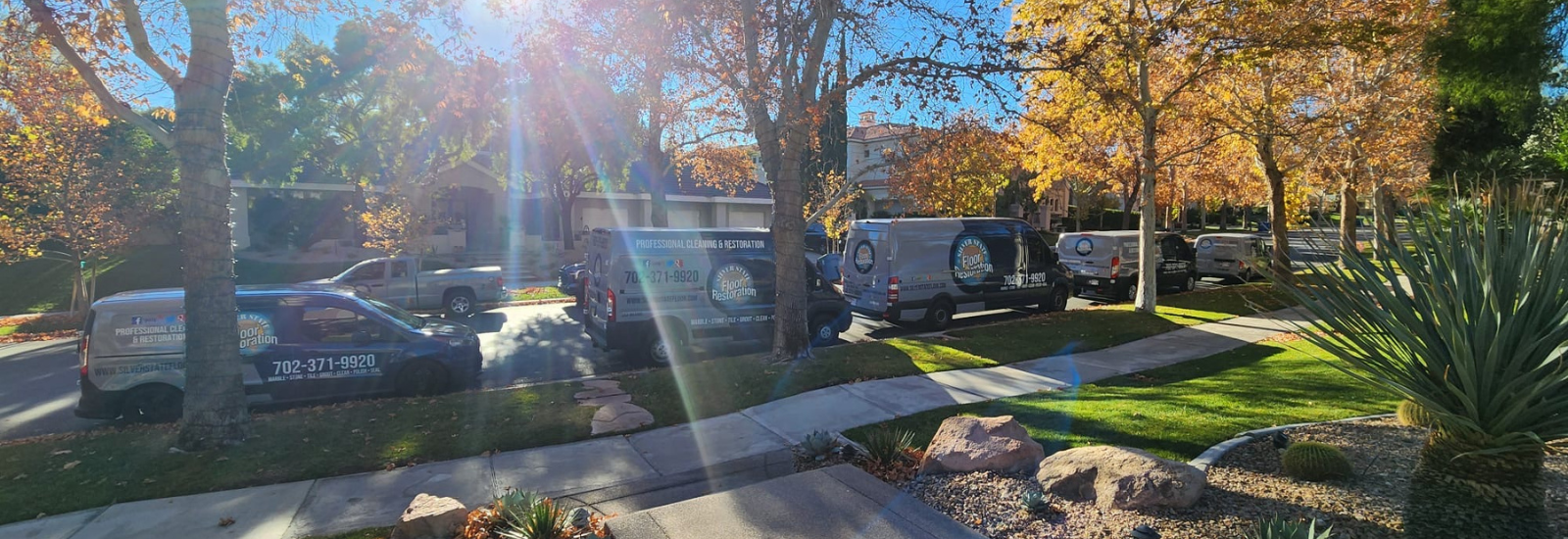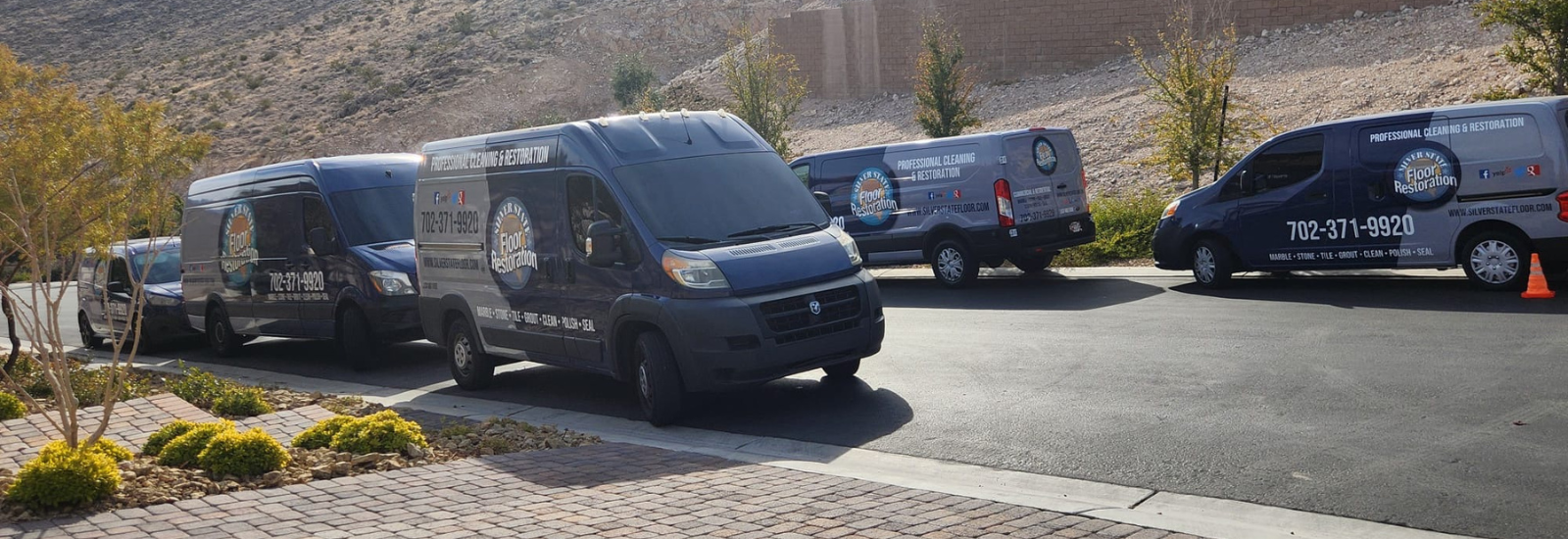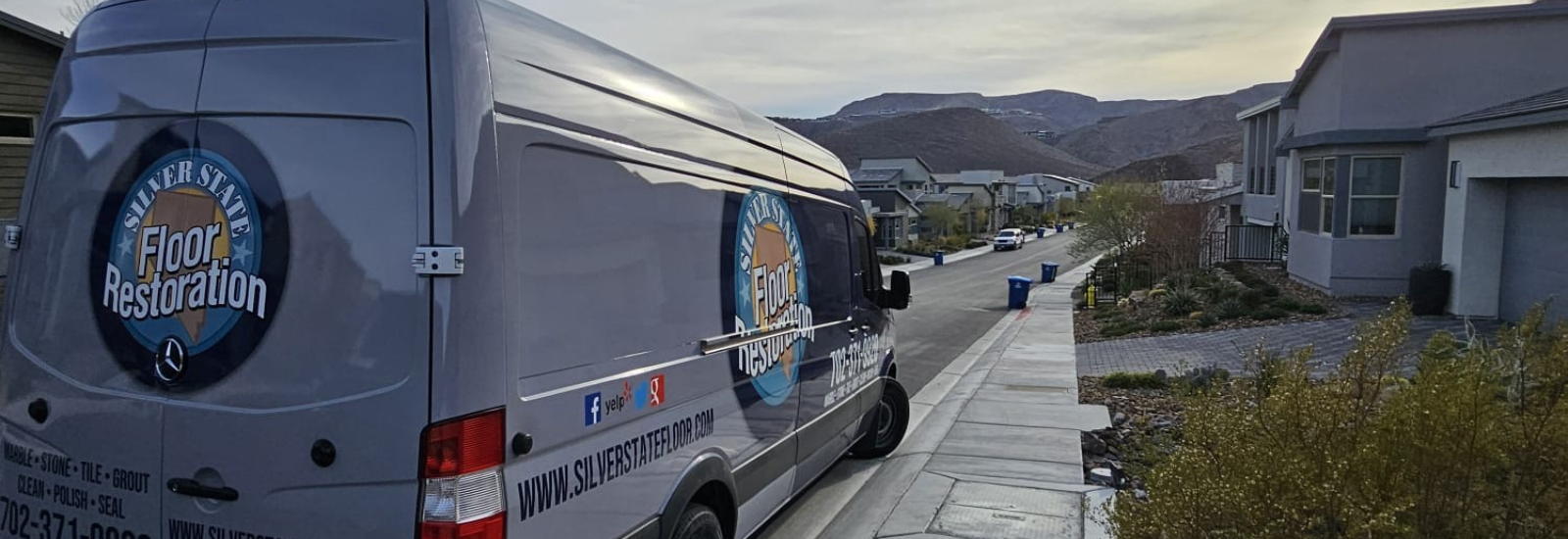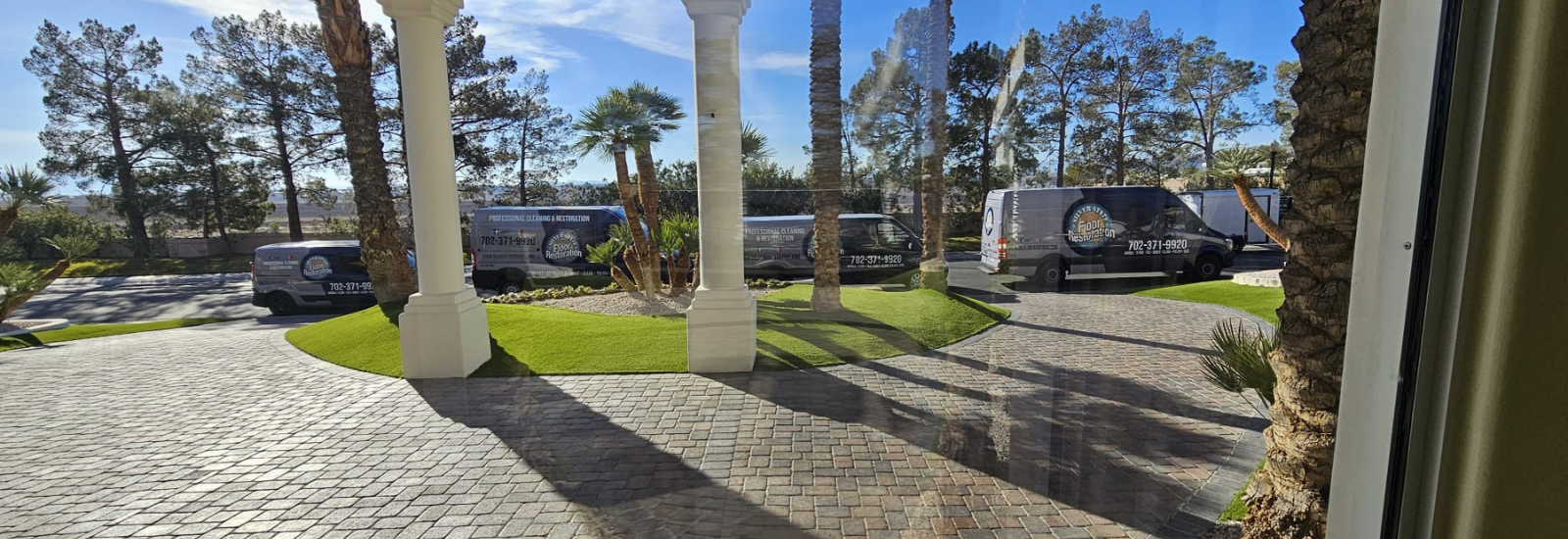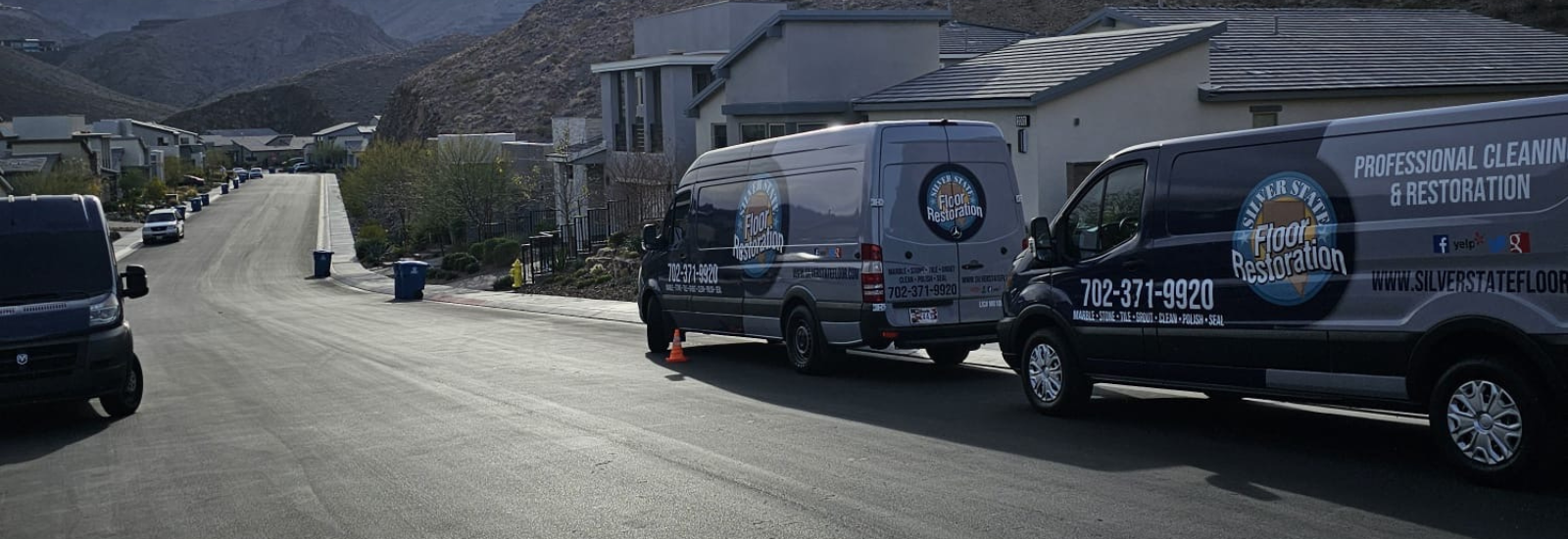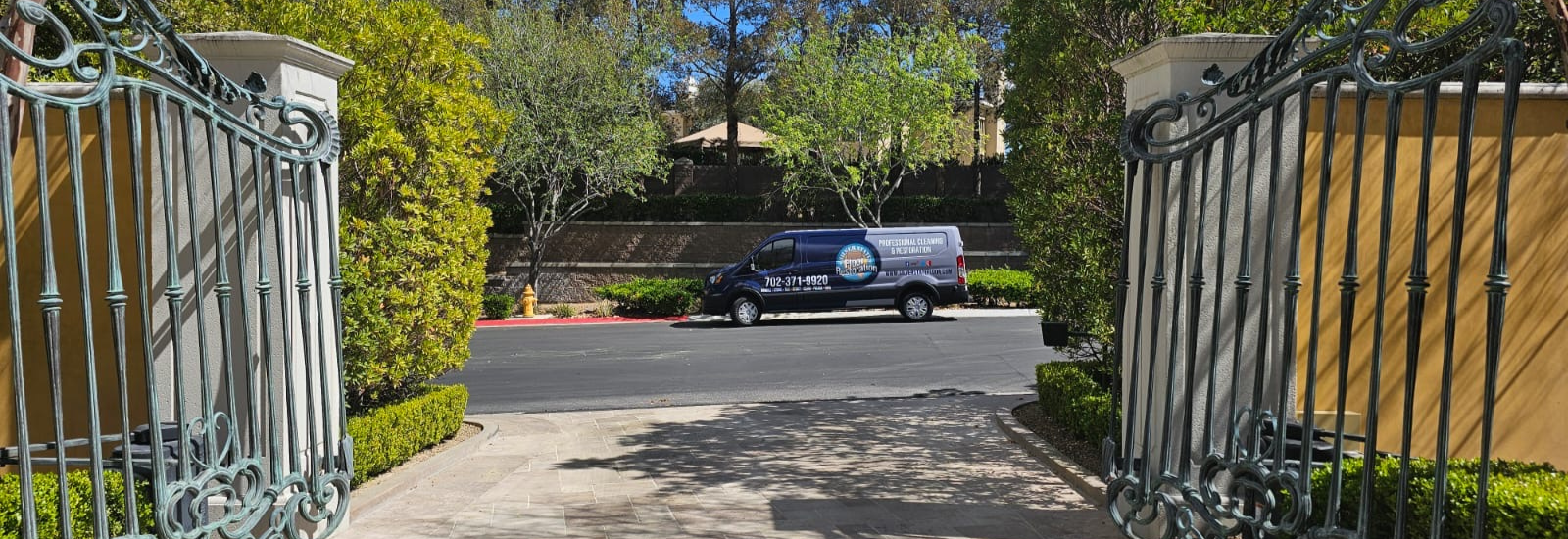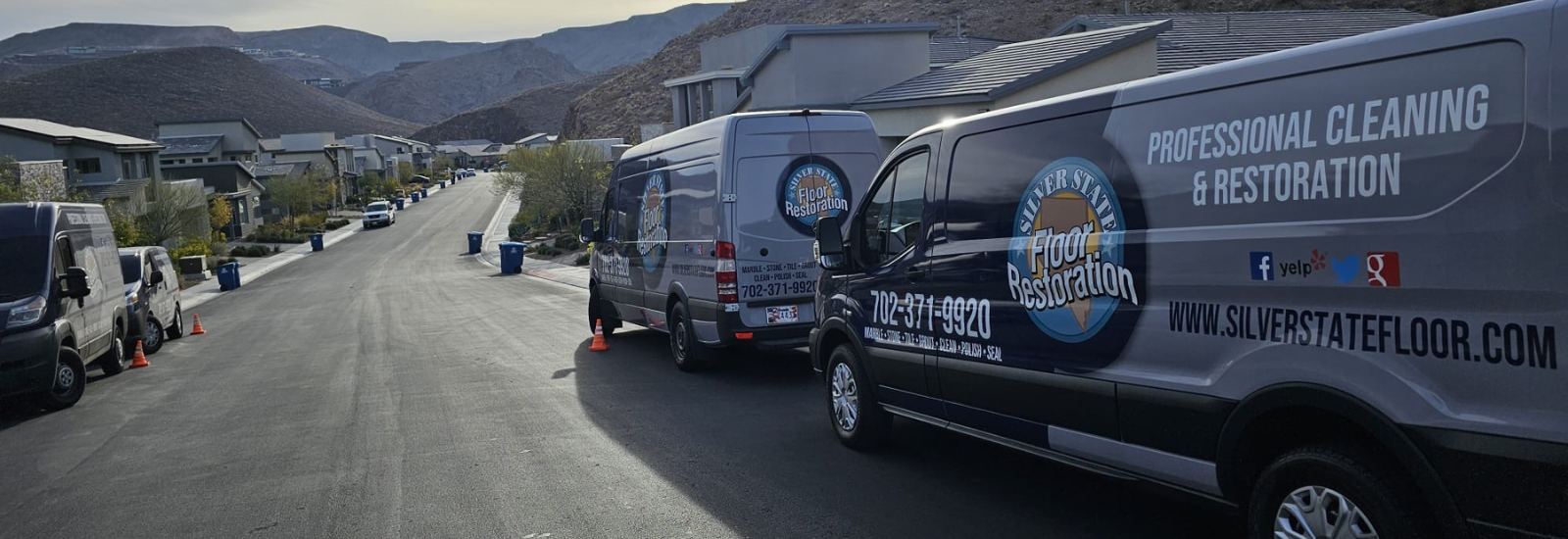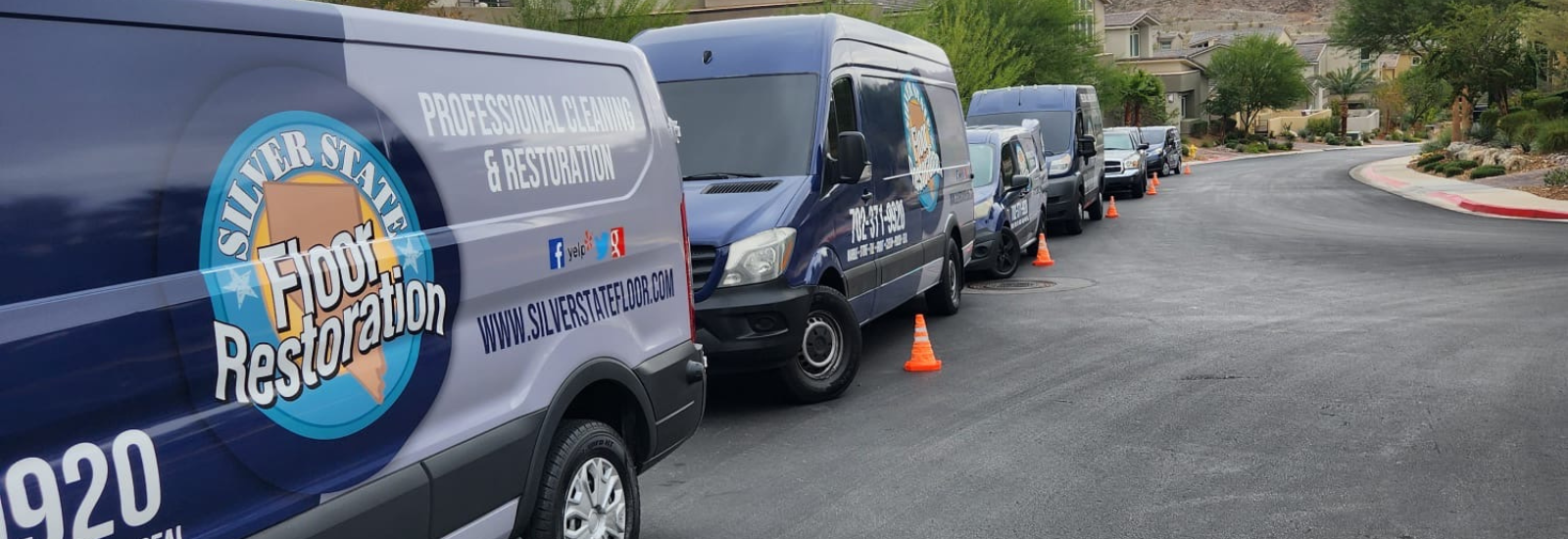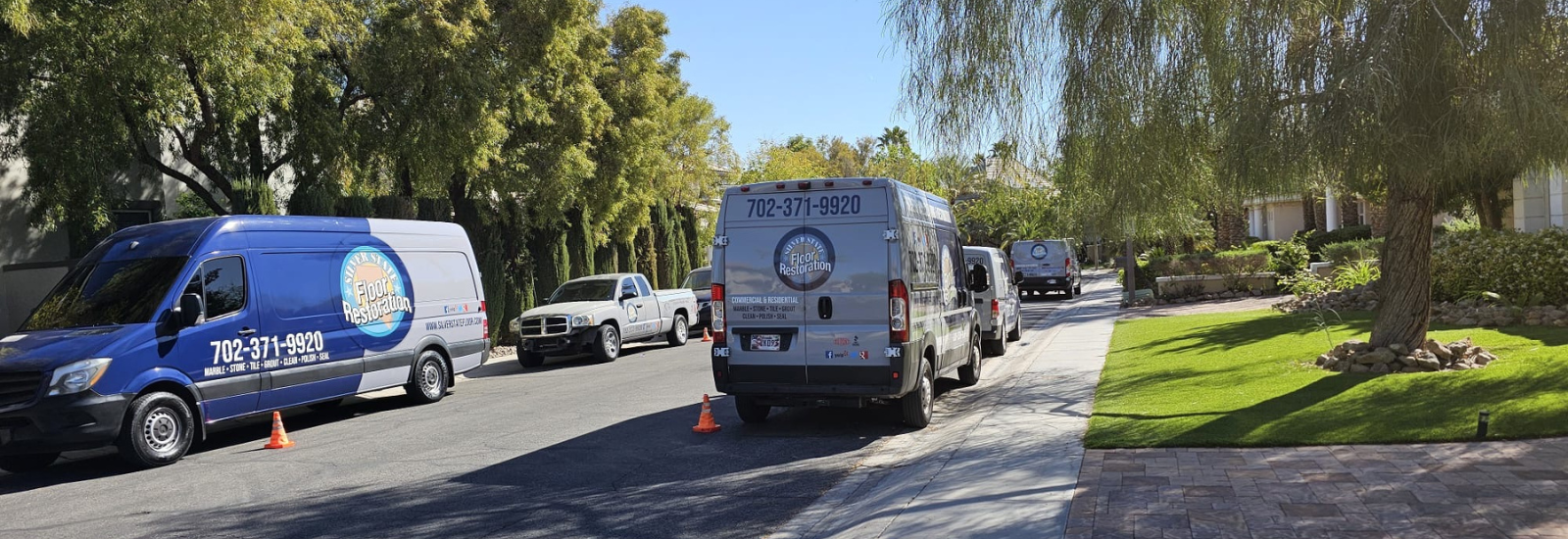Grout discoloration is a common problem that many homeowners encounter. Over time, the pristine white or colorful grout lines between tiles can become dingy, stained, or discolored. Understanding the science behind grout discoloration is essential to effectively combat it and keep your tile surfaces looking their best, which is what we at Silver State Floor Restoration would like to share today.
Causes of Grout Discoloration
Dirt and Grime: One of the primary causes of grout discoloration is the accumulation of dirt, dust, and grime over time. As these particles settle into the porous surface of the grout, they can darken its appearance.
Mold and Mildew: Grout is a porous material, making it susceptible to moisture penetration. When moisture seeps in, mold and mildew can grow, leading to unsightly discoloration and a musty odor.
Stains: Spills, accidents, and exposure to certain substances like red wine, coffee, or oil can cause grout staining. These stains can be particularly challenging to remove.
Hard Water Deposits: In areas with hard water, mineral deposits can accumulate on grout lines, leaving behind a chalky, whitish residue that affects the grout’s color.
Wear and Tear: Over time, foot traffic and abrasive cleaning methods can wear down grout, making it more prone to discoloration.
How Do You Restore Stained Grout?
1) Regular Cleaning: Preventive maintenance is key to combatting grout discoloration. Regularly sweep and mop tile floors, and use a pH-balanced tile and grout cleaner to remove dirt and stains without damaging the grout.
2) Sealing: Applying a high-quality grout sealer creates a protective barrier that repels moisture, stains, and contaminants. Reapply the sealer as needed, typically every 1-2 years.
3) Proper Ventilation: In areas prone to moisture, such as bathrooms and kitchens, ensure proper ventilation to minimize mold and mildew growth. Use exhaust fans and open windows when possible.
4) Stain Removal: For stubborn stains, try gentle scrubbing with a soft brush and a mixture of baking soda and water or a specialized grout cleaner. Avoid abrasive materials that can damage the grout.
5) Professional Cleaning: Periodically, consider hiring a professional tile and grout cleaning service. They have specialized equipment and expertise to deep-clean and restore grout to its original color.
6) Preventive Measures: Use mats or rugs in high-traffic areas to reduce wear on grout. Promptly clean up spills to prevent staining, and use coasters or trivets to protect grout from hot cookware.
7) Water Softeners: If you live in an area with hard water, consider installing a water softener to reduce mineral deposits on your grout and tiles.
Tile & Grout Cleaning, Sealing & More in Aliante, Centennial, Desert Shores, Eldorado, Enterprise, Green Valley Ranch, Henderson, Lone Mountain Village, North LV, Peccole Ranch, Paradise, Silverado Ranch, Spring Valley, Summerlin, Sunrise Manor, Tuscany Village, Whitney, Winchester & Las Vegas Nevada
Generally, grout discoloration is a natural consequence of daily wear and tear, but with proper care and maintenance, you can combat it effectively. Understanding the science behind grout discoloration helps you make informed decisions about cleaning and maintenance methods. By following these tips and staying proactive in your efforts, you can keep your grout looking clean and vibrant for years to come, enhancing the overall beauty of your tiled surfaces. To help you keep your tile and grout clean and in good shape, call Silver State Floor Restoration today and let us help you

